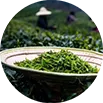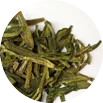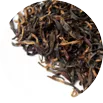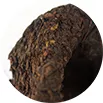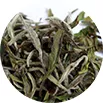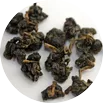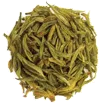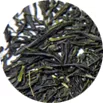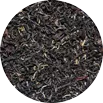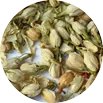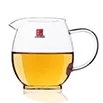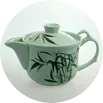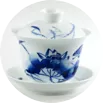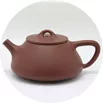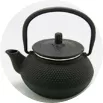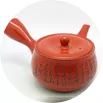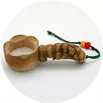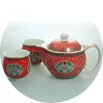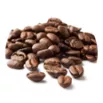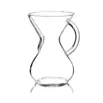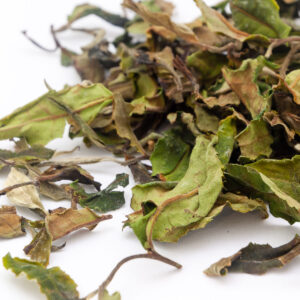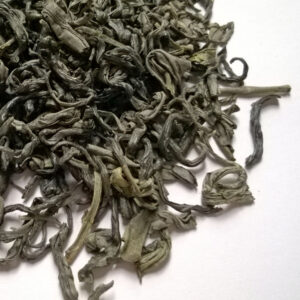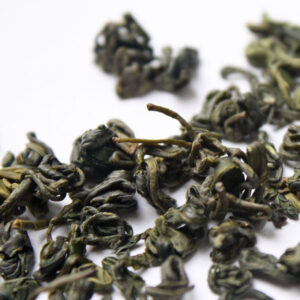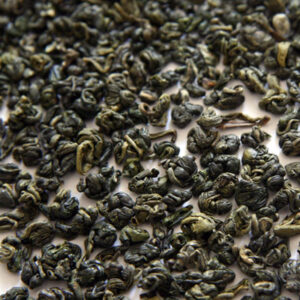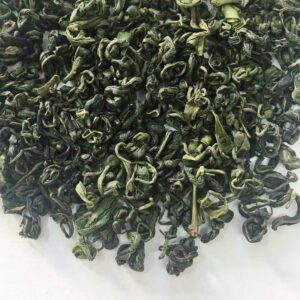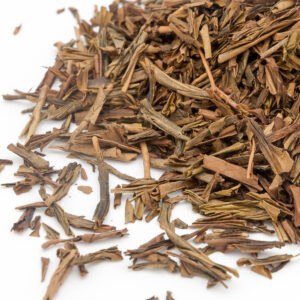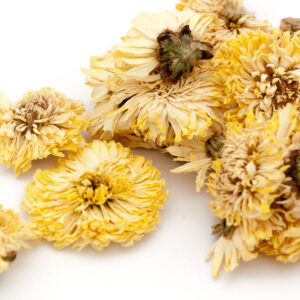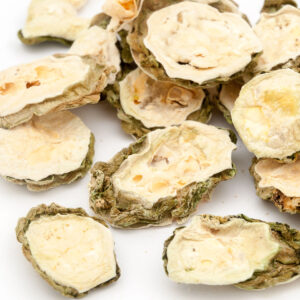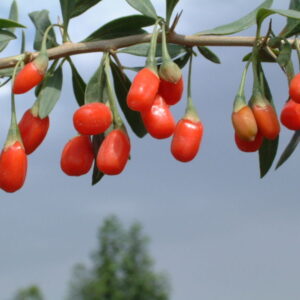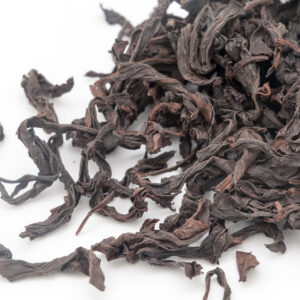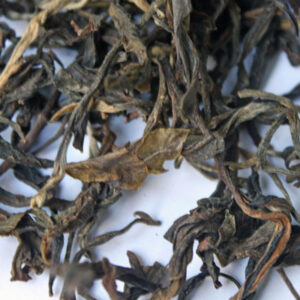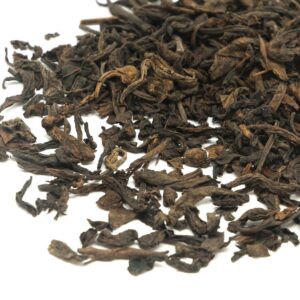Yunnan Bai Mu Dan
'White Peony' - a sign of high quality is the natural shape of the leaves, the deep, glossy grey-green colour and the high proportion of 'bai hao' - white hairs from the tips.
The colour of the infusion is yellowish-amber, the aroma is floral. The flavour is smooth and at the same time full-bodied and round. Aftertaste is long and pleasantly sweet. The tea only needs to be steeped for a short time, it lasts for many infusions.
Chun Mei Special
Chun Mee - "Rare eyebrows". Small to medium-sized leaves are slightly rolled into the shape of arches resembling eyebrows.
The color of the dry leaf is gray-green, the infusion is yellow and the taste is pronounced with sweet tones, it suffers during longer leaching. One of the basic green teas for everyday life.
Song Luo
Traditionally processed green tea directly from the famous Song Luo mountain in its higher elevations. The dark green even leaf curled into fine looser balls gives off a slightly smoked pleasant aroma. The color of the infusion is yellowish sparkling and completely transparent. The taste of the tea is very full, only lightly and very pleasantly smoked and yet very fresh and light as a breeze.
Gunpowder
Gunpowder in the West, Zhu Cha (pearl tea) in China. It is an important export item, although it is not very popular in China itself. It is popular in the West due to its shape - the leaves are wrapped in small granules, which makes more tea reminiscent of gunpowder. Thanks to this, this tea is resistant to aging and absorption of odors (it is better transported). The infusion is yellow-green in color, tastes very strong and quite bitter, but contains a lot of healthy nutrients as well as other green teas, including tea polyphenols, zinc, flavonoids and fluoride. It is interesting in combination with mint and a lot of sugar - a drink known as "Le Tuareg".
Gou Qing
Hojicha
Chrysanthemum (ju hua)
Momordica charantia (ku gua)
Momordica charantia (ku gua) - creeping or creeping, pumpkin-like plant with herbaceous shoots up to 5 m long. Its tendrils are branched, leaves typically palmately five to seven-lobed, flowers unisexual, five-fold, yellow in color, with distinct veins. The fruits are 5-25 cm long, spindle-shaped, with a wrinkled surface, ripening yellow. The plant has been introduced to virtually all tropical areas.
Lycium chinense (goji)
Fresh, only lightly dried Lycium chinense (goji, wolfberries), which has been used throughout China for centuries.
The shape is a bit like raisins, the taste of the fruit is sweet with a slightly sour aftertaste.
In traditional Chinese medicine (TCM) and among ordinary Chinese, goji is considered an indispensable food supplement. It is known for its benefits to the human body, both in young and old age. No negative side effects are known.
Shui Xian Superior
'Narcissus from the Wu Yi Mountains' - one of the most famous cliff (yancha) oolongs. It is made from the cultivar of the same name, which is harvested in late spring.
The tea soup is brown-orange, with a strong aroma, a richer taste, and a fruity sweet aftertaste. For a given price, this is also a very delicious tea, thanks to its mass production.
Maocha 2023
Green (sheng) pu-erh or even better maocha from the southern areas of Yunnan. Large leaves (Da Ye) smell thin and very fresh. Tea has traditionally been dried in the sun, without accelerated modern drying in the oven, and therefore does not contain the slightest hint of unpleasant smoked.
The taste is very delicate, sweet and, unlike classic green pu-erhas, it doesn't even have many fruity tones. You will find in it rather light sweetness and freshness, floral tones and long-lasting sweet gentle aftertaste.
Lao Mao Cha 1992
Mao Cha from 1992 is a successful Pu Erh with a taste of quality, naturally matured Mao Cha. The aroma and taste are typically sweetly earthy, the taste is slightly smelled of dried fruit. The tea does not have roasted tones (quality production process) and is very delicate.
Infusion of dark orange to red color, sweet with a long refreshing aftertaste.


